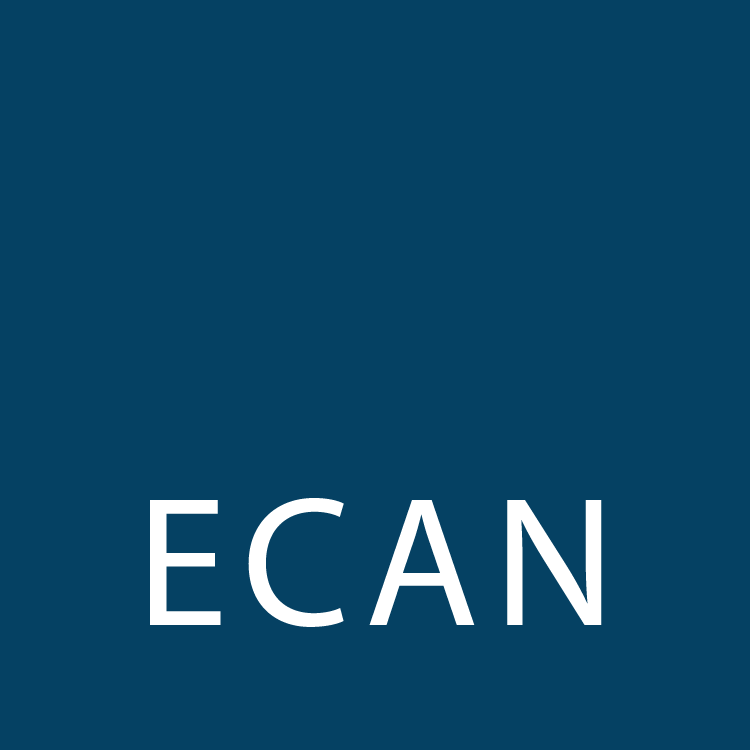The brief
At the beginning of each project, your chartered architect will work with you to develop a brief. This could include accommodation requirements, how a building is to be used and by whom, together with environmental and economic considerations. This is a process of balancing what we would like to be done, with what can be done within the limitations of budget and site, and allowable by Planning and Building Regulations. It is worth spending some time to develop this brief that would encompass your vision into the potential of a design, which will act as a guidance and reference document, through the entire design and construction process.
The design team
Depending on the complexity of the project, the design team may include: the architect, quantity surveyor, structural, electrical and mechanical engineers, there may be other specialist consultants to perform environmental assessments and other areas of expertise as required by the project. All design team fees are normally paid for separately in addition to the architect’s fee. Your chartered architect, if appointed as lead consultant, will help you co-ordinate all the information provided by the rest of the team and incorporate that into the design and production drawings.
Budget for the project
While the construction cost is the major part of the project cost, other costs include: professional fees and expenses, statutory charges for applications for planning consent and building warrants, a contingent sum for unforeseen events and other costs such as furniture, equipment, land acquisition, finance charges and VAT. To estimate how much a building will cost at an early stage in the design requires skill, experience and knowledge of the market. This may require the help of a quantity surveyor. Absolute precision is impossible, but with more information the cost model will be more accurate.
Small projects
For small domestic projects and alterations, a detailed pricing with the use of bill of quantities developed by a quantity surveyor may not be necessary, and tender pricing can be based on drawings and specification only. Your chartered architect will advise on the level of additional professional advice (if any) that may be appropriate. Structural alterations, however minor, may require a consulting engineer’s certificate to be submitted with the building warrant, and you will be advised accordingly.
Health and safety
The Construction Design & Management (CDM) regulations 2015 relates to health and safety aspects of construction, which imposes duties upon clients who carry out construction works. You can appoint a Principal Designer to help you plan, manage and coordinate the health and safety aspects of the project through all its stages, to ensure that you fulfil these duties. Your chartered architect can take on the role of Principal Designer, which should be subject to a distinct agreement.
Communication
Your architect will discuss your ambitions for the project, explain how the project can work, keep you informed on progress during design and construction phases of the project. As a client you should be clear on your priorities, budget, and issues around site ownership.
Both you and your chartered architect should be careful to commit yourselves to do only what lies within your skill, power and authority.
Architect/client relationship
Good communications should lead to a sound working relationship based on mutual understanding and trust. You and your chartered architect should understand one another’s roles and responsibilities. These are set out in the formal appointment documents, where the chartered architect defines the terms of their appointment, services and their fees.
Architect’s fee options
Architects’ fees can be calculated in three ways: a percentage basis; a lump-sum basis; or time charged by agreement. Expenses may be included within the agreed fee or charged separately. This should be discussed and agreed at the inception of the project and formalised in the appointment.
CARE OF THE BUILDING
Buildings need proper maintenance, so that minor problems do not become major one when not attended to. If they are to remain in good condition, they require regular inspection, especially of all external elements exposed to the rigours of our climate. Your chartered architect can help you plan a sequence of inspections, maintenance procedures, and provide you with a maintenance manual if you wish.
RESOLVING DISPUTES
When you appoint a chartered architect, you are protected; skills have to be exercised to the standards established by the professional body, in professional conduct and in the procedures by which your appointment is executed. They have a duty of care to you, and are obliged to uphold the reputation of the profession. There are safeguards within the formal appointment to use professional avenues of mediation and arbitration with support from professional bodies to resolve any unintended conflicts.




